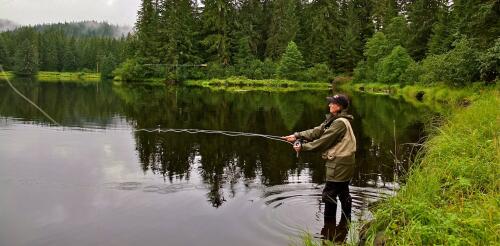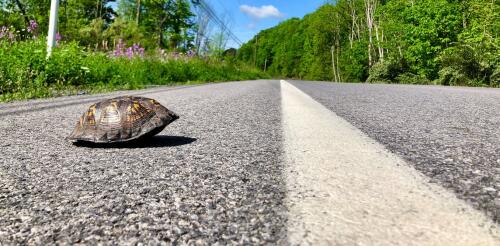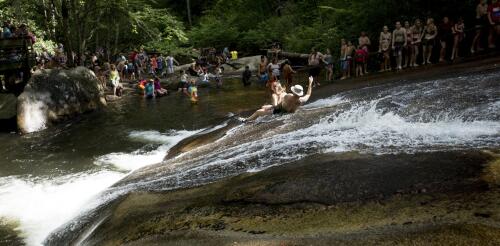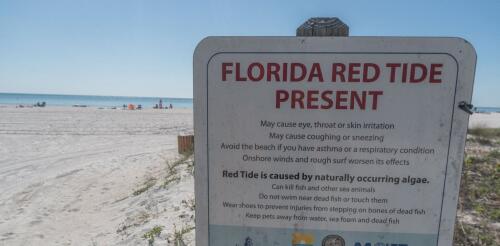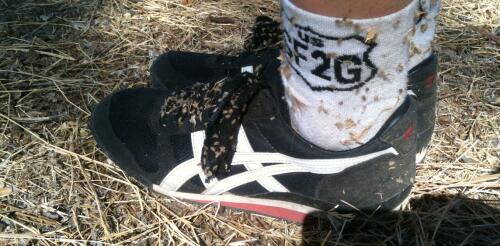Outdoor recreation
Summer and fall are prime times for getting outdoors across the U.S. According to an annual survey produced by the outdoor industry, 55% of Americans age 6 and up participated in some kind of outdoor recreation in 2022, and that number is on the rise. However, the activities they choose are shifting. Over the past century, participation has declined in some activities, such as hunting, and increased in others, like bird-watching. These shifts reflect many factors, including demographic trends and urbanization. But outdoor activities also have their own cultures, which can powerfully affect how participants think about nature. As scholars who think about organizational theory, management and entrepreneurship, we are interested in understanding effective ways to promote social change. In a recent study, we analyzed the work of the nonprofit group Trout Unlimited, which centers on protecting rivers and streams across the U.S. that harbor wild and native trout and salmon. We f...
For anyone who enjoys nature, summer is a fascinating time to be outside. Animals are on the move: Turtles are nesting, baby birds are testing their wings, snakes are foraging and young mammals are emerging. In central Pennsylvania, where I live, last year’s hatchling painted turtles have overwintered in their nests and emerged looking like tiny helpless snacks for raccoons and ravens. I’ve already rescued a baby killdeer – a shorebird that nests in parking lots – that ran off the road and got stuck in a grate. And I’ve watched an eastern chipmunk prey on a nest of towhee chicks. I moved the killdeer to safety because it had fallen into what we call an “ecological trap.” Humans create these traps when we degrade habitat that looks suitable to animals. For killdeer, parking pads and roofs give off all the vibes of a great nesting site – except for the drains – and they have less natural habitat available these days. But I d...
Outdoor recreation is on track for another record-setting year. In 2022, U.S. national parks logged more than 300 million visits – and that means a lot more people on roads and trails. While research shows that spending time outside is good for physical and mental health, long lines and gridlocked roads can make the experience a lot less fun. Crowding also makes it harder for park staff to protect wildlife and fragile lands and respond to emergencies. To manage the crowds, some parks are experimenting with timed-entry vehicle reservation systems and permits for popular trails. For all of their popularity, national parks are just one subset of U.S. public lands. Across the nation, the federal government owns more than 640 million acres (2.6 million square kilometers) of land. Depending on each site’s mission, its uses may include logging, livestock grazing, mining, oil and gas production, wildlife habitat or recreation – often, several of these at once. In con...
Plunging into the ocean or a lake is one of the great joys of summer. But arriving at the beach to find water that’s green, red or brown, and possibly foul-smelling, can instantly spoil the party. As a toxicologist, I study health risks from both synthetic and natural substances. I’ve conducted research into early detection of harmful algal blooms, or HABs, which are an increasing threat to humans, animals and the environment. Toxins produced during these blooms have been implicated in human and animal illnesses in at least 43 states. Scientists have estimated that in the U.S. alone, freshwater HABs cause more than US$4.6 billion in damage yearly. Here’s what to know about them if you’re bound for the water’s edge this summer. Harmful algal blooms have become a regular occurrence along large stretches of Florida’s coast in recent years. Tiny organisms, big impacts Algae and cyanobacteria – often...
With spring settling in across the U.S. and days lengthening, many people are ready to spend more time outside. But after a walk outdoors, have you ever found seeds clinging to your clothes? Lodged in your socks and shoelaces? Perhaps tangled in your pet’s fur? While most of us don’t give these hitchhikers much thought, seeds and burrs may be the first signs of invasive plant spread. Certain species of non-native invasive plants produce seeds designed to attach to unsuspecting animals or people. Once affixed, these sticky seeds can be carried long distances before they fall off in new environments. With favorable conditions, they can become established quickly and outcompete native plants. Outdoor recreation has expanded at a record pace across the U.S. in recent years. Overcrowding in outdoor spaces has many harmful effects, from degrading trails to accelerating the introduction and spread of invasive plants. As a recreation ecologist and an avid hiker, I study h...
